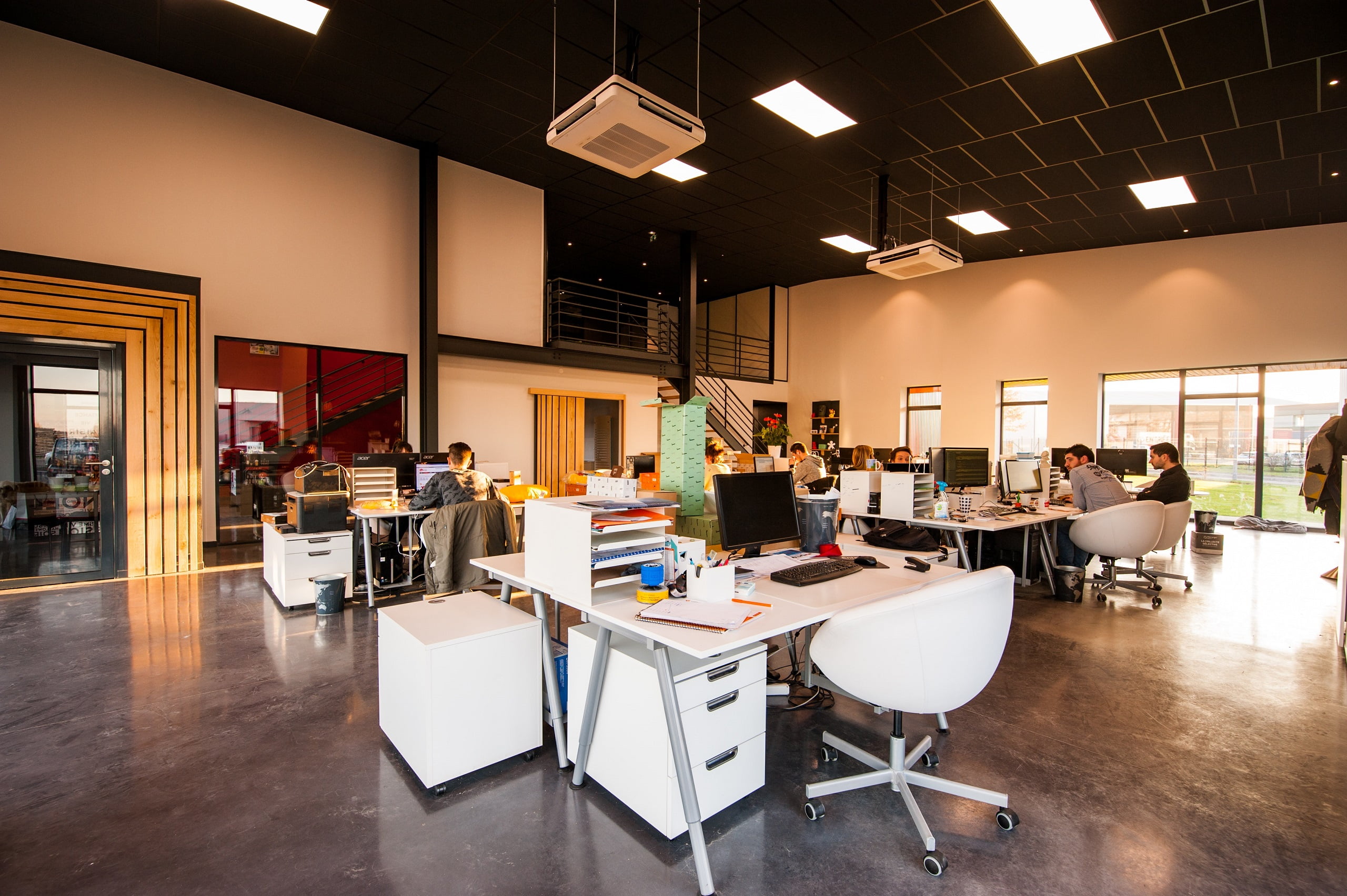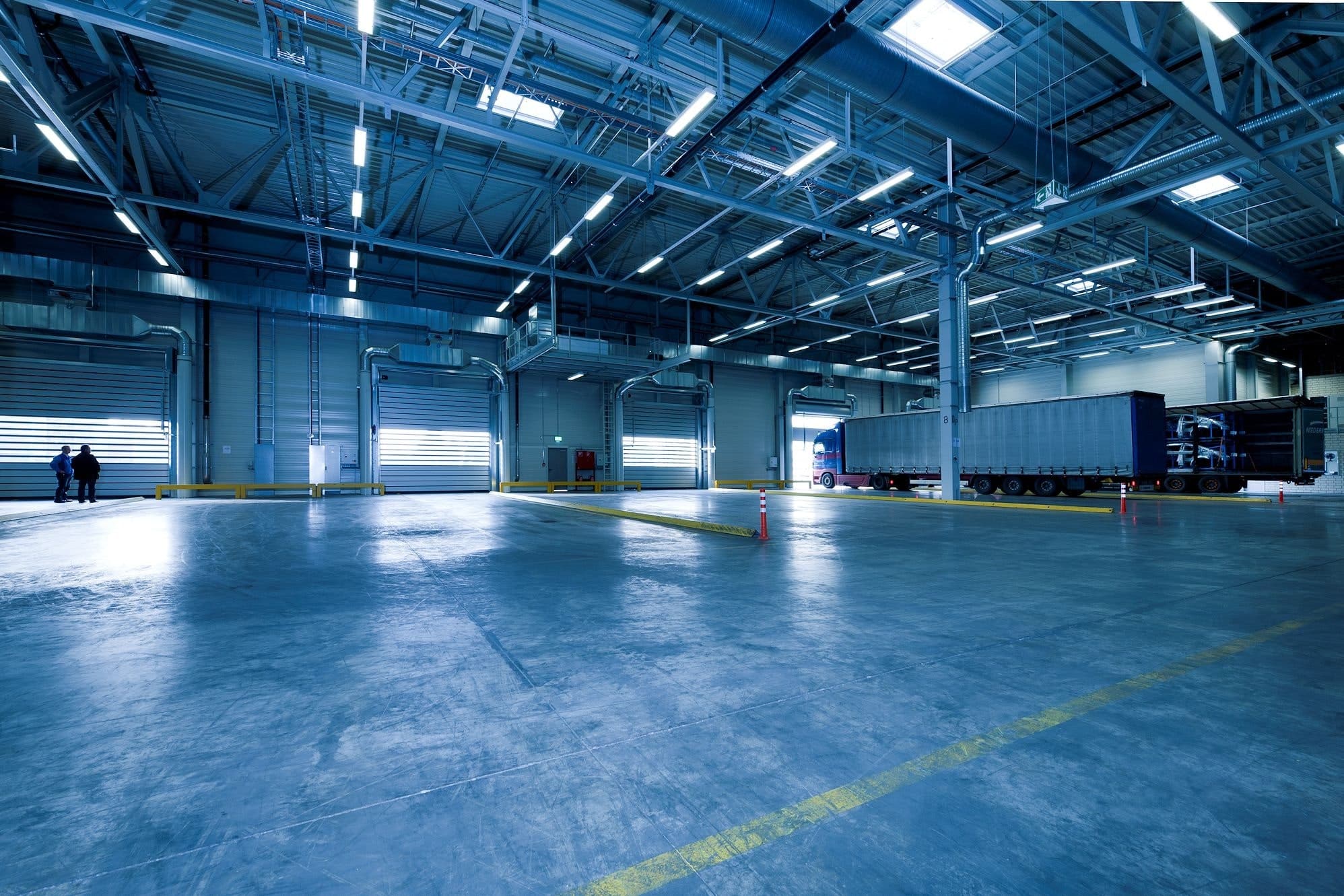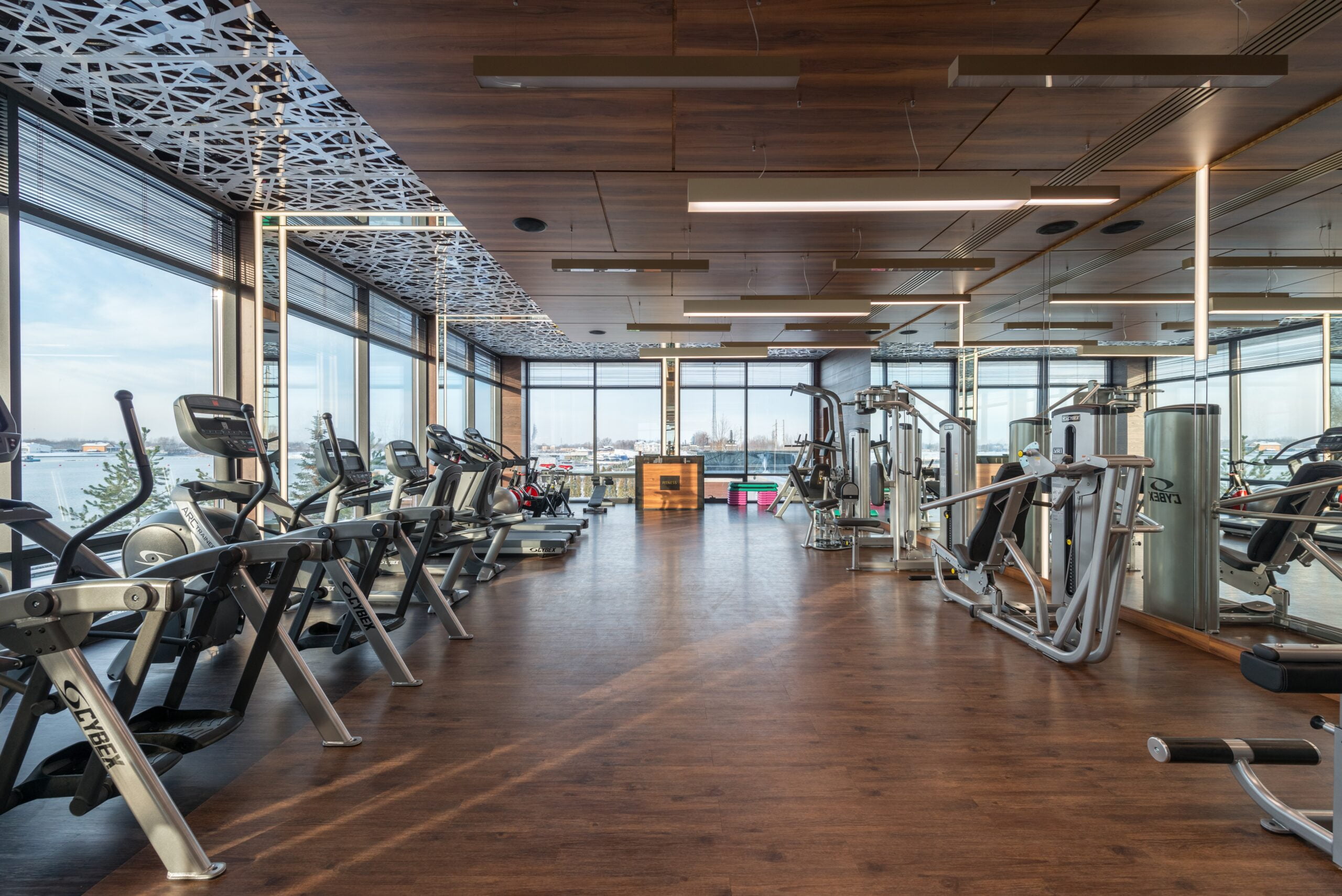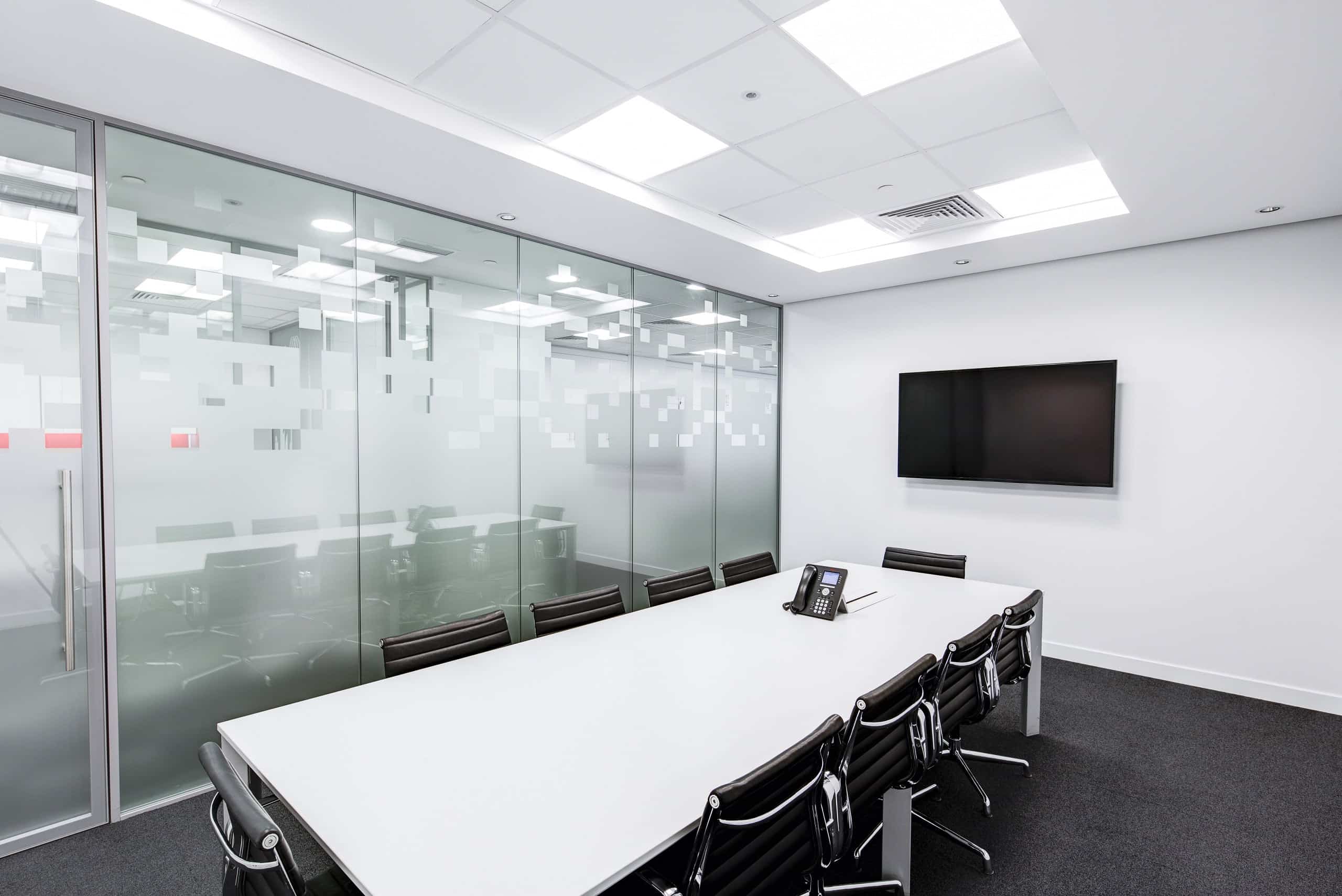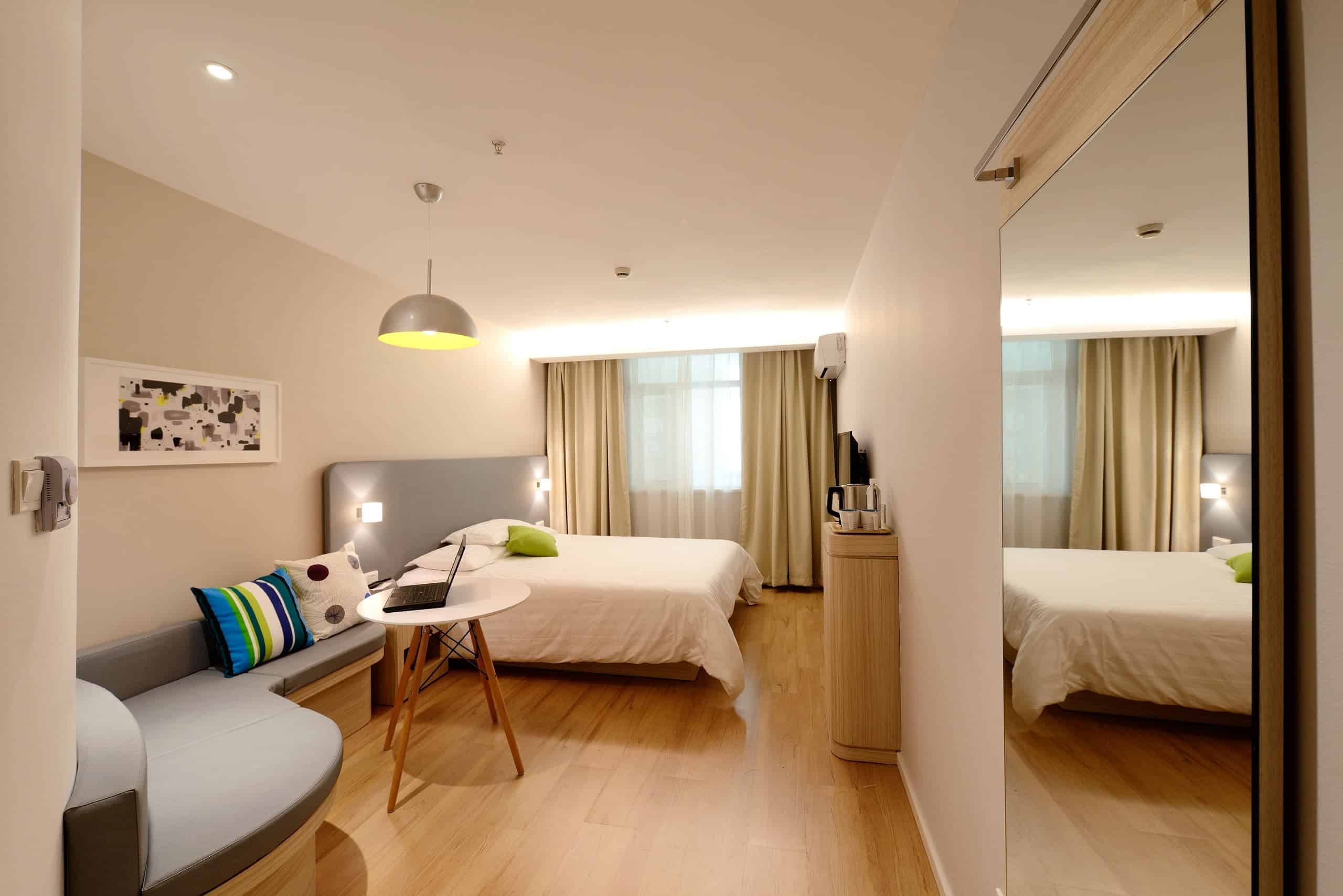What is the Structures and Buildings Allowance (SBA)?
Businesses investing in new or renovated commercial buildings can benefit from a valuable form of tax relief known as the Lwfans Strwythurau ac Adeiladau (SBA). Introduced in October 2018, the SBA allows eligible businesses to claim tax relief for the construction costs of commercial structures and buildings over a period of time.
This blog provides a practical overview of how the SBA works, who can claim, and how it fits into broader capital allowances planning for property owners and investors.
What does the Structures and Buildings Allowance cover?
The SBA provides tax relief for the costs associated with constructing, renovating, converting or improving non-residential structures and buildings.
Eligible costs typically include:
- The original construction of a building or structure
- Renovation or conversion works
- Associated professional fees (such as architects, surveyors, or legal advice directly linked to the project)
- Demolition and land alterations necessary for the building works
However, it is important to note that land costs, planning permission costs, and expenditure on plant and machinery are excluded from the SBA. Plant and machinery items continue to qualify for different types of capital allowances.
Who can claim SBA?
SBA is available to:
- Companies
- Individuals
- Partnerships
- Other businesses subject to UK income or corporation tax
Claims can be made whether you build the structure yourself or purchase a newly constructed property where no previous owner has made a claim.
If you purchase a second-hand building where SBA has already been claimed, you may inherit the remaining allowance if certain conditions are met.
What properties qualify?
To claim SBA, the building or structure must be intended for qualifying activities, such as:
- Commercial trading activities
- Managing an investment property business
- Professions, vocations or other chargeable activities
Examples of qualifying properties include:
- Swyddfeydd
- Factories
- Warehouses
- Retail units
- Gwestai
Residential properties, including dwellings or buy-to-let properties, do not qualify for SBA. Furnished holiday lettings, following the upcoming abolition of the FHL regime from 2025, will also no longer benefit from favourable capital allowances treatment.
Points to watch
Mixed-use buildings: Only the non-residential portion qualifies for SBA; residential areas (like flats) must be excluded.
Plant and machinery split: Fixtures that qualify for Annual Investment Allowance (AIA) or other capital allowances must be separately identified and claimed.
Expenditure timing: SBA is only available from the point the structure comes into use, not before.
No balancing adjustment: If you sell a property before fully claiming the SBA, there is no balancing charge. However, the remaining claim passes to the buyer.
Safleoedd Freeport a Pharthau Buddsoddi: If your building project is located within a designated Freeport or Investment Zone, an enhanced SBA may be available at a higher rate of 10% per annum. You can find more details in our Enhanced Structures and Buildings Allowances in Freeports guide.
The SBA is claimed as a fixed annual deduction, based on a flat percentage of the original eligible construction cost.
- For expenditure incurred on or after 1 April 2020, the annual allowance rate is 3%.
- This means the qualifying expenditure can be written down over a period of 33⅓ years.
The claim must be included in your tax return, and importantly, businesses must keep a detailed allowance statement containing key information, including:
- The date the structure was first brought into use
- The construction costs
- Any prior claims made
- The date of any subsequent disposal or sale
This statement must be passed on to any buyer if the property is sold, ensuring continuity of the claim.
Sut y gall CA Select Helpu
Understanding the Structures and Buildings Allowance and how it interacts with other capital allowances can be complex, particularly for larger or mixed-use developments. We help businesses and their professional advisers accurately identify qualifying expenditure, prepare HMRC-compliant reports, and ensure that no valuable tax relief is missed.
If you are planning a new project, recently completed construction works, or considering the purchase of a newly built commercial property, speak to us today about how SBA can form part of your tax planning strategy.
Cysylltwch with CA Select for expert advice on capital allowances and property tax relief.

